A few days ago, I saw on TV a news story about telephone boxes, in Spain.
In 1928, the first telephone box was installed, in Spain. It was in Viana Park, in the Parque del Retiro (Madrid), and it worked with chips. In the sixties, concretely in 1966, the telephone boxes, with chips, started to work in streets.
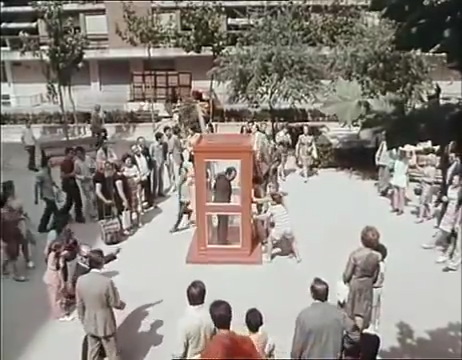
The first telephone box in the Park of El Retiro in Madrid
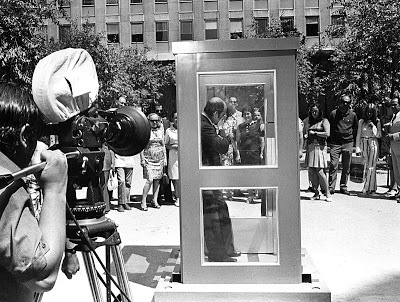
The same telephone box close up (The filming of "La cabina")
By the way of this type of public telephone, in 1972, Antonio Mercero directed the film "La Cabina" (“The telephone box”), with Jose Luis Lopez Vazquez as protagonist --who did a great work--. He incarnates a man, who is locked, in the telephone box, and taken in a truck, to a warehouse, where there were many telephone boxes, with many other men inside, who have already died.
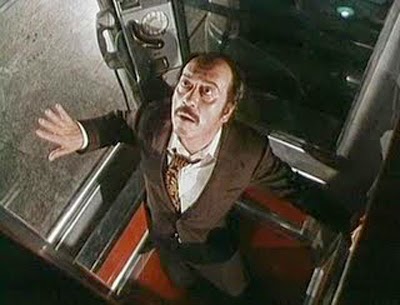
Jose Luis Lopez Vazquez in the film La cabina
That type of telephone box worked with chips, until 1966:
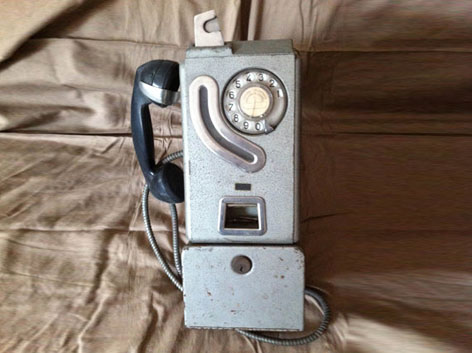
Telephone working with chips

Chips for telephone
What, in its moment, became a revolution, in communications, today is only a redoubt of the past, an artefact that moves us to the twentieth century and has become, for many, an object of vandalism and a hindrance to the use of public land, by city councils.
In Spain, they resist 18,300 telephone booths, in operation. A figure that is far from the 55,000 that came to serve users, in 1999, according to data offered by Telefónica. During these almost two decades, the service of booths has been diminishing, at the rate of 5,000 per year. Although everything indicates that this benefit has the days counted, we will still have to wait to see how the last booth, in Spain, is removed. According to Telefónica, "although the concession obtained for five years, from Telefónica Telecomunicaciones Públicas (TTP), has finished in 2016, the Royal Decree obliging the State to maintain this service is still in force and, therefore, the booths will continue". Not in vain, the Ministry of Energy, Tourism and Digital Agenda published, a few weeks ago, a new tender, for a provision, requiring a telephone for every 3,000 inhabitants, in medium and large populations and, at least, one booth, in the nucleus of less than 1,000 inhabitants, although with exceptions for the latter case. And that despite the fact that a few months ago, the National Commission on Markets and Competition (CNMC), aware of the problem, sent a report to that Ministry, in which it advised the review of the convenience of keeping the booths, within the obligations of the Universal service of telecommunications which, in practice, entailed requesting its withdrawal.
Therefore, It would be necessary, that the Government, within its digital agenda, modified the regualation, in order to exclude booths from urban land. Until this change takes place, the little bit more than 18,000 booths will continue to provide a service, that is no longer profitable.
When Telefónica (the Spanish company, owner of the telephone boxes) took the telephone boxes of the 60s and 70s off streets, it started to place the new telephone boxes with doors. Later, there were some telephone boxes without doors. And those telephones worked with coins and cards.
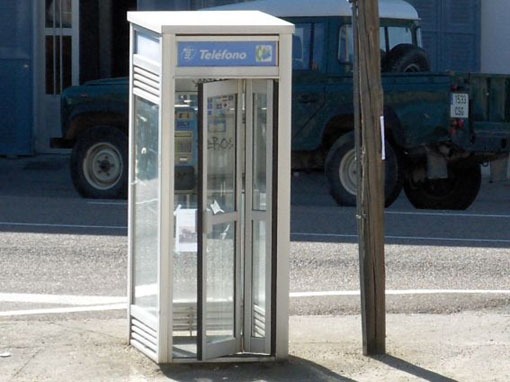
A last telephone box with doors
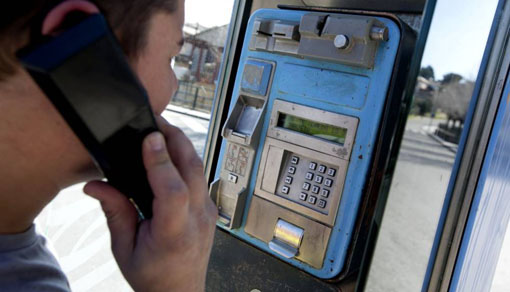
The telephone working with coins and card
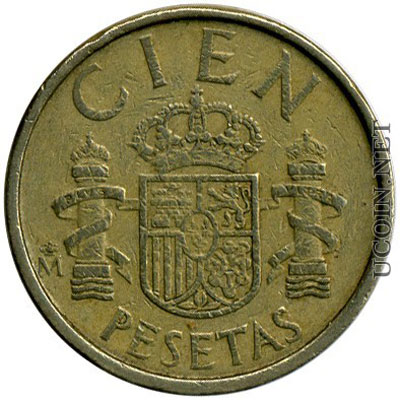
One hundred pesetas
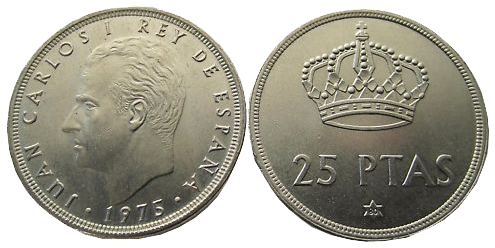
Twenty five pesetas

A card with one thousand pesetas for telephone box
Here you can compare the two model of telephone boxes:
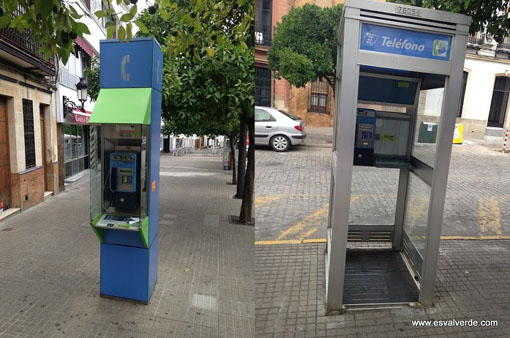
On the right, the old type of telephone box and on the left, the new one

The new open type of telephone box

The telephone
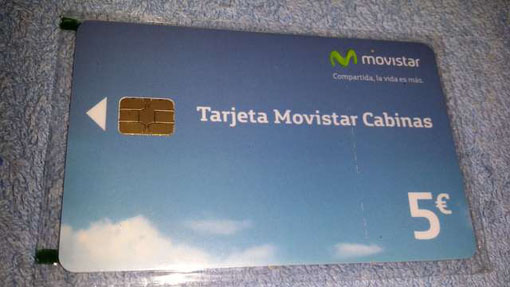
A card with 5 Euros for telephone box
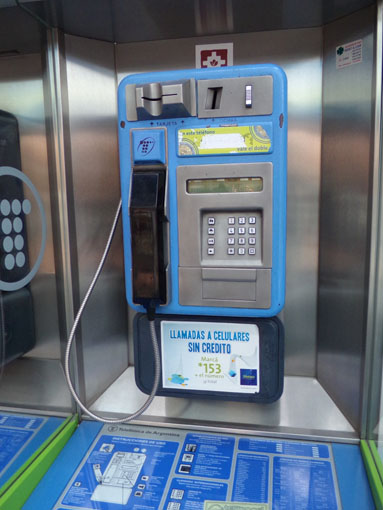
Another typo of telephone
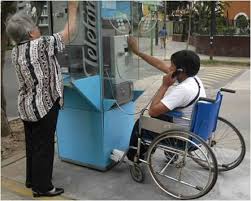
A special telephone box for disabled people
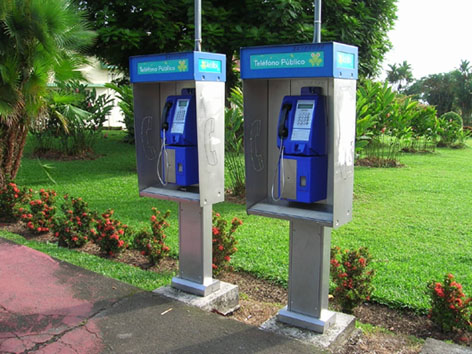
A different type of telephone box
The telephone booths tend to disappear, cause of due to the consolidation of mobile telephony in Spain. According to a survey, there are around 55 million mobile in Spain. The end of the telephone booths is planned for 2018.
Well, I hope that you have liked to know about this public service from the last century.
Until my next post, kind regards,
Luis.
Sponsored by Costaluz Lawyers.
Please click below:
